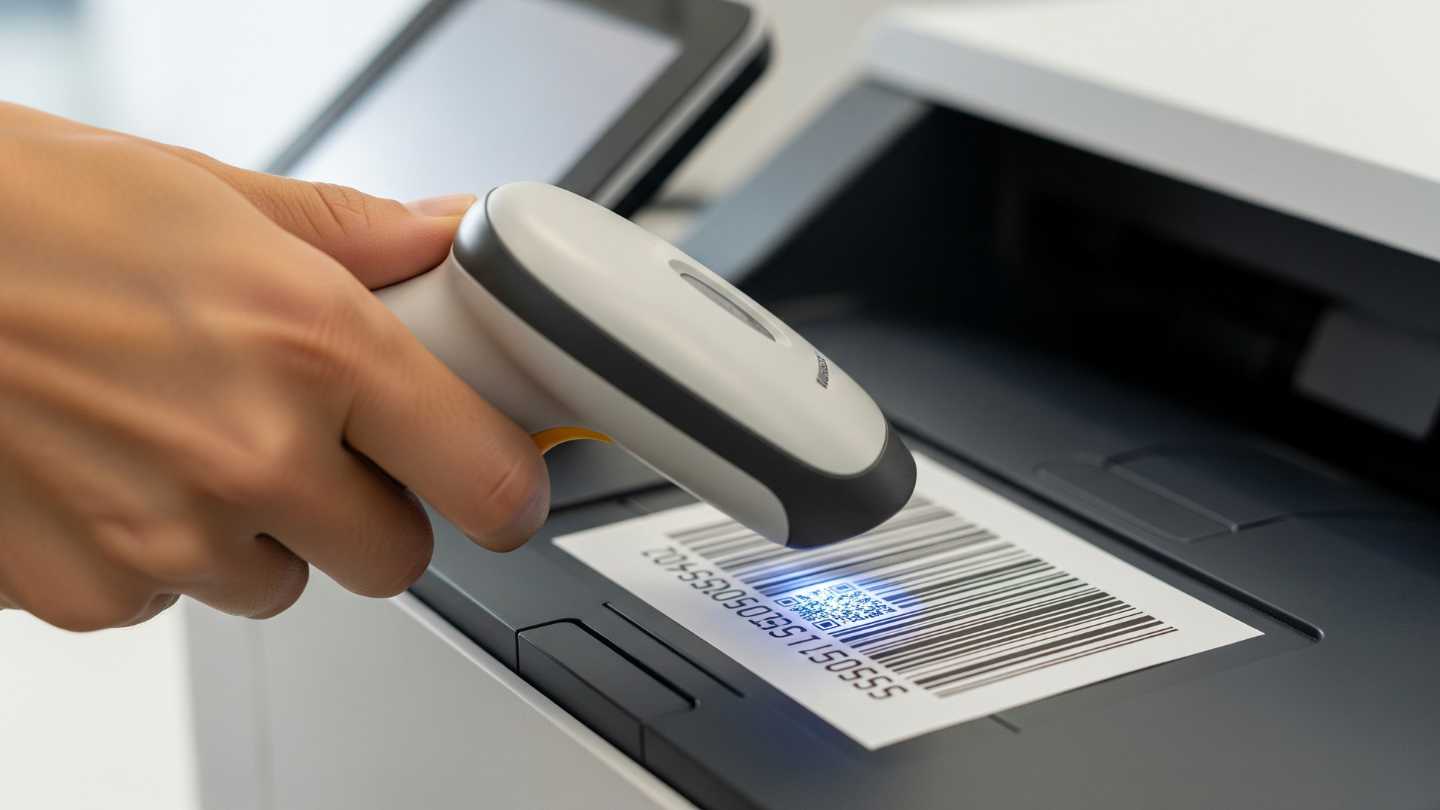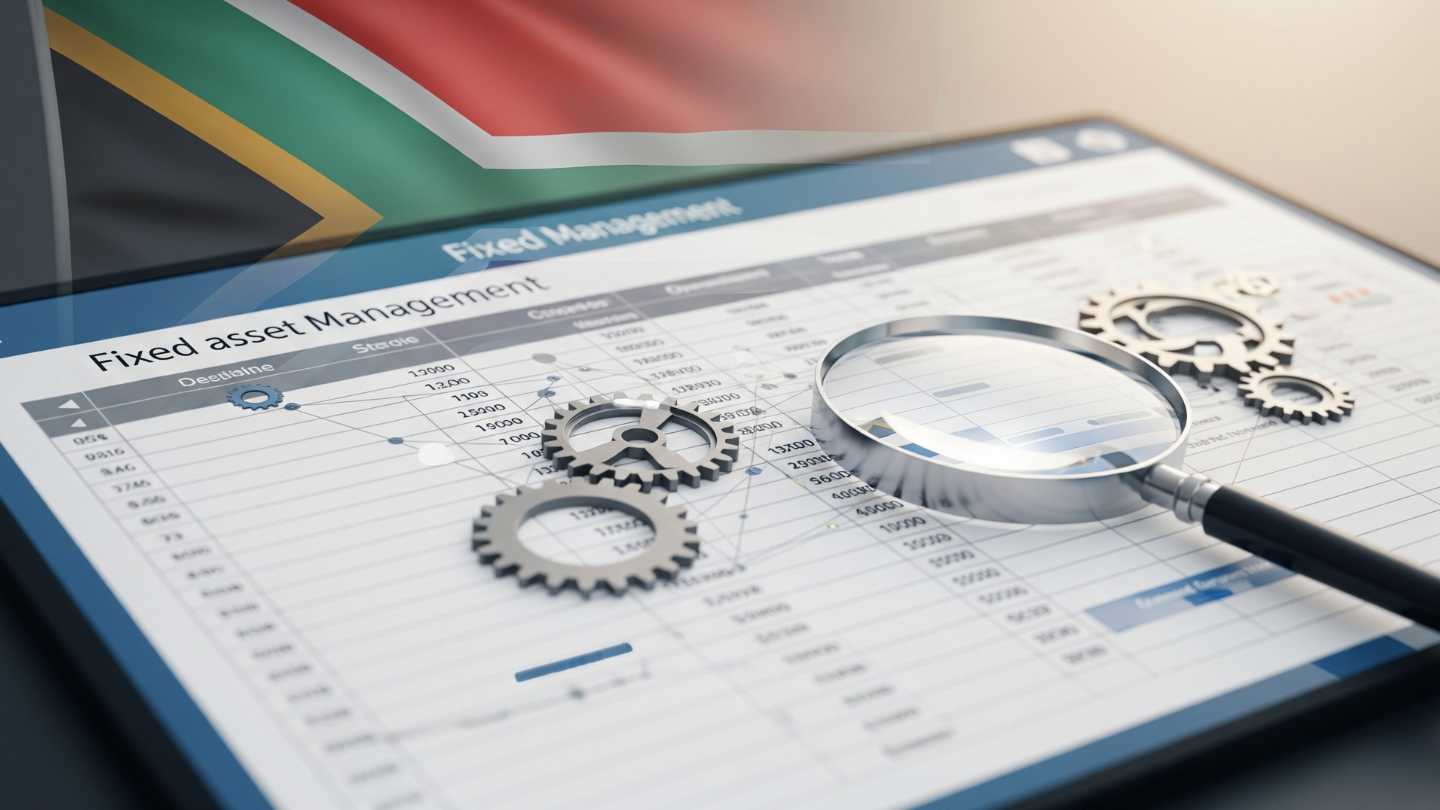For any organisation, whether it’s a bustling private enterprise or a crucial public sector entity, understanding and managing your fixed assets is more than just good practice—it’s fundamental to financial health and operational efficiency. In South Africa, maintaining an accurate and up-to-date fixed asset register is no longer just a compliance formality; it’s a strategic imperative that offers significant benefits beyond basic bookkeeping.
At Centacc, we often see businesses grappling with the complexities of fixed asset management. The truth is, without a well-maintained fixed asset register, you lack visibility over a significant portion of your company’s value and operational capacity. Let’s delve into what it takes to truly master Fixed Asset Register Maintenance in South Africa.

The Importance of a Fixed Asset Register
Think of your fixed asset register as a detailed inventory of your most valuable long-term possessions – from office furniture and IT systems to vehicles, machinery, and real estate. It’s a comprehensive record that captures vital information about each asset, including:
- Acquisition date and cost: When you bought it and for how much.
- Description: What the asset is and its unique identifying features (like serial numbers).
- Location: Where the asset is physically located within your organisation.
- Depreciation details: How the value is decreasing over time, which is crucial for financial reporting and tax purposes.
- Useful life and residual value: How long you expect to use it, and its estimated value at the end of its useful life.
- Condition: Its current state and any maintenance history.
This information is not just for auditors. It provides a clear picture of your capital investments, helping you make informed decisions about repairs, replacements, and disposals. An accurate register is indispensable for:
- Accurate Financial Reporting: Ensuring your balance sheet truly reflects the value of your assets. This is vital for securing funding, attracting investors, and generally understanding your financial position.
- Tax Compliance and Optimisation: accurate depreciation ensures you claim the maximum allowable tax deductions and avoid costly penalties.
- Insurance Coverage: Knowing the precise value and location of your assets ensures adequate insurance coverage, protecting you against losses from theft, damage, or natural disasters.
- Operational Efficiency: Identifying underutilised or obsolete assets, leading to better resource allocation and cost savings. It also helps with maintenance planning, extending the lifespan of your valuable equipment.
- Fraud Prevention: A robust register acts as a deterrent against theft and helps in tracing missing assets.

Common Fixed Asset Register Errors and How to Avoid Them
Even with the best intentions, mistakes can creep into your fixed asset register, leading to significant headaches down the line. We’ve seen these common pitfalls time and again:
- Relying on Spreadsheets Alone: While a simple spreadsheet might seem sufficient for a handful of assets, it quickly becomes unwieldy and prone to errors as your organisation grows. Manual data entry, version control issues, and a lack of integration with financial systems present significant risks.
- Lack of Regular Physical Verification: What’s on paper should match what’s on the ground. Without periodic physical audits, you risk having “ghost assets” (assets recorded but no longer existing) or “zombie assets” (assets existing but not recorded). This can lead to incorrect depreciation calculations and misstated financial reports.
- Inconsistent Depreciation Methods: Applying different or incorrect depreciation methods can severely impact your financial statements and tax obligations. South African accounting standards and SARS regulations have specific guidelines that need to be adhered to.
- Poor Documentation and Missing Information: Incomplete records regarding acquisition details, serial numbers, or disposal dates can make it difficult to reconcile your register, leading to audit queries and compliance issues.
- Failure to Track Asset Movements and Disposals: Assets move between departments, get sold, or are scrapped. Failing to update these changes in real-time results in an inaccurate and unreliable register.

Best Practices for Effective Fixed Asset Register Maintenance in South Africa
To overcome these challenges and truly master your fixed asset management, consider these best practices:
- Implement a Dedicated Fixed Asset Management System: Modern software solutions are designed specifically for this purpose. They offer automated depreciation calculations, comprehensive tracking, audit trails, and reporting functionalities, significantly reducing manual effort and errors.
- Conduct Regular Physical Audits: Schedule periodic physical verification of all your assets. This involves physically checking each asset against your register, identifying discrepancies, and updating your records accordingly. This practice is critical for ensuring data integrity and compliance.
- Develop Clear Policies and Procedures: Establish clear guidelines for asset acquisition, capitalisation, depreciation, transfer, and disposal. Everyone involved in asset management should understand and follow these procedures.
- Assign Unique Asset Identifiers: Each asset should have a unique identifier, such as a barcode, RFID, or QR code, for easy tracking and identification during physical audits.
- Train Your Team: Ensure your finance and operations teams are well-versed in the importance of fixed asset management and how to accurately record and update asset information.
- Reconcile Regularly: Reconcile your fixed asset register with your general ledger accounts regularly (e.g., such as monthly or quarterly intervals) to identify and resolve any discrepancies promptly.
Key Information to Include in Your Fixed Asset Register
Here’s a table summarising the essential information that should be included in a robust fixed asset register, tailored for the South African context:
Information Category | Specific Details to Include | Why It’s Important |
Asset Identification | Unique Asset ID Number | Essential for singular identification and tracking. |
Asset Name/Description | Clear description for easy recognition. | |
Serial Number/Model | For unique identification and warranty purposes. | |
Barcode/QR Code | Facilitates quick and accurate physical verification. | |
Acquisition Details | Date of Acquisition | Crucial for depreciation calculation and historical records. |
Purchase Price (Cost) | Basis for depreciation and financial reporting. | |
Supplier Information | For warranty, returns, or future purchases. | |
Invoice/PO Number | For audit trails and referencing the original purchase. | |
Location & Custody | Physical Location | Helps in locating assets and conducting audits. |
Department/Cost Centre | For cost allocation and responsibility. | |
Custodian/Responsible Person | For accountability and tracking usage. | |
Depreciation & Value | Depreciation Method | (e.g., Straight-line, Diminishing Balance) – Must comply with South African accounting standards (IFRS/GRAP) and SARS. |
Useful Life (Years) | The estimated period the asset will be used. | |
Residual Value | Estimated value at the end of its useful life. | |
Accumulated Depreciation | Total depreciation recognised to date. | |
Carrying Amount (Net Book Value) | Current value of the asset on the balance sheet. | |
Status & History | Current Condition | Good, fair, poor – impacts useful life and maintenance needs. |
Maintenance History | Records of repairs and servicing. | |
Disposal Date (if applicable) | When the asset was sold, scrapped, or retired. | |
Disposal Proceeds (if applicable) | Amount received from sale or scrap. |
Partnering for Success
Navigating the intricacies of fixed asset register maintenance can be challenging, especially with the evolving regulatory landscape in South Africa. This is where Centacc steps in. Our team offers customised accounting and business services designed to provide you with strategic insights that go far beyond basic record-keeping. We understand that every organisation has unique needs, and we pride ourselves on tailoring our services to help you drive optimal benefits and results.
From implementing robust fixed asset management platforms to conducting thorough asset verifications and providing ongoing support, we ensure your fixed asset register is accurate, compliant, and a valuable tool for strategic decision-making. You can learn more about our comprehensive financial management services and how we assist businesses in optimising their financial processes.
Ready to Optimise Your Fixed Asset Management?
Avoid letting fixed asset register errors impede your organisation’s growth and profitability. Centacc is here to empower you with the expertise and tools you need to achieve accurate, audit-ready, and strategically insightful fixed asset management.
Contact us today to discuss your specific fixed asset management needs and discover how our tailored solutions can help your business thrive.

